Cleanroom News, FDA
How The Promise of Stem Cell Therapy Can Blind Us to its Danger
In the Worlds Fair Exposition of 1893, one young entrepreneur, Clark Stanley, stood before an excited crowd of onlookers and plunged his hand into a sack of live rattlesnakes. Pulling out an unfortunate herpetological victim, he sliced it open and, in a technique that was about as far from aseptic processing and devoid of microbial contamination control as it is possible to be, threw it into a pot of boiling water. Skimming the floating fat from the water’s surface, Stanley proclaimed the marvel of ‘Stanley’s Snake Oil,’ a liniment that riveled the traditional medicines popularized by the recent wave of Chinese immigrants working on the newly forming American railroad. Claiming the liniment to be a cure-all for conditions as diverse as rheumatism, corns, chilblains, lame back, frostbite, bruising, arthritis, and sore feet, Stanley spawned waves of similar products (even Miller’s Antiseptic Oil of 1916 which sported a perplexing label noting ‘For Years Called Snake Oil But Does Not Contain Snake Oil’) and coined a new lexicological term: ‘snake oil salesman,’ meaning huckster, charlatan, or purveyor of fake goods. Fake goods, fake news – plus ça change…
Let’s speed forward from the 1893 Expo and return to today, a time when medicine is a continually-evolving realm of science with innovative and experimental solutions emerging almost constantly. What was purest science fiction even a few years ago is fast becoming routine as we devise ever more creative solutions to our medical challenges. But this can lead to problems, especially when the leading edge of medical innovation jeopardizes some of our most vulnerable populations. Take, for instance, the case of Theranos, in the news again just this week. In 2003, Elizabeth Holmes, a Stanford University dropout, created what was to become a $10 billion company with one product: a technology said to disrupt the laboratory testing industry by allowing hundreds of analyses to be run on a tiny pin-prick sample of a patient’s blood. However, as described in a new book by John Carreyrou, Bad Blood: Secrets and Lies in a Silicon Valley Start-Up, the grandiose claims made by Holmes were based on little more than deception and fraud. When a series of federal inspections finally closed down Theranos in 2016, not only were some big name investors out of pocket, but some one million tests were invalidated, presenting a clear and present danger to the patients affected.
…it’s a legitimate concern that this will be the next area upon which the federal Food and Drug Administration (FDA) focuses its sights.
But with investment stakes so high and massive profits to be made (let’s not overlook the fact that current Education Secretary Betsy DeVos and media mogul Rupert Murdoch each lost $100 million in investments following the shut down) it’s easy to imagine that Theranos will happen again.(1) Perhaps not in the blood analysis field, but maybe in technologies such as cryogenics or stem cell research. Indeed, we’ve already written about tissue banks and cryogenics in our January 2017 article, ‘Tissue Banks and Cleanrooms: The Ultimate Price of Contamination Issues’ and the tragedy of contamination from donated cadavers. But with a new upwelling of start-ups in the stem cell research field, it’s a legitimate concern that this will be the next area upon which the federal Food and Drug Administration (FDA) focuses its sights.
According to current FDA regulation only a handful of treatments using stem cells are sanctioned: the stem cell extraction from bone marrow to aid in cancer therapies; and cord blood cell extractions for blood-related disorders. At this time, no other treatments have been approved. But, according to a recent article in Time Magazine, this has not stopped ‘scores of companies’ from offering stem cell therapy services.(2) Indeed, given that most potential patients would traditionally have gone abroad for such medical attention – often south of the border to Mexico – a rash of enterprises has sprung up, like mushrooms after soft rainfall, to fill the void. As is the case with Nature, the business of profit generation abhors a vacuum, it seems.
So what is stem cell therapy and what’s the attraction both in providing services and in seeking them?
In adult mammals such as ourselves, stem cells act as the ‘general contractors’ for the body’s maintenance and up-keep, and can also be used in cancer treatments and, to a certain extent, in connective tissue repair. To date, stem cells have been obtained either from embryo sources or from adult bone marrow harvests, in a process that is both painful and significantly invasive. However, in 2010 the landscape shifted when physician, Mark Berger, developed a technology that allowed the isolation of stromal vascular fraction (SVF) from human adipose cells. Yes, that’s right: from fat. Using a minor liposuction technique, it became possible to extract the adipose tissue and separate the cellular matter from the liquid portion. The lipoaspirate is a mix of T cells, B cells, mast cells, endothelial progenitor cells, and the all-important mesenchymal stem cells – multipotent microorganisms that can develop into bone, muscle or cartilage. In addition to these stromal cells are adipose-derived regenerative cells, which have similar regenerative capacities to that of those painful-to-harvest bone marrow units.
Creating the Stem Cell Treatment Center and the Cell Surgical Network in Los Angeles, California, Berman set about networking physicians interested in incorporating ‘regenerative medicine’ into their practices. On the homepage of the network’s website, a list of ‘Specific Conditions’ is alphabetized, from Alopecia Areata to Stroke Recovery. Clicking on any of these links brings the visitor to a page describing the selected condition, detailing potential outpatient scenarios, and offering a link to a ‘candidate application.’ In other words: a sign-up page.
And this is interesting insofar as the Cell Surgical Network also says this on its website:
‘The Cell Surgical Network and its affiliate treatment centers are not offering stem cell therapy as a cure for any condition, disease, or injury. No statements or implied treatments on this website have been evaluated or approved by the FDA. This website contains no medical advice.’(3)
Which left us scratching our heads. This is a network connecting medical professionals in all but 16 states, and across the world from South Africa to Iran, Southeast Asia to Europe. Yet the information on the site is ‘provided for educational and informational purposes only.’(4) Hmmm…
And it is this kind of incongruity that has attracted – or perhaps sustained – regulatory interest by agencies such as the FDA. In what amounts to a crack-down on enterprises the agency considers ‘unscrupulous clinics’ offering ‘unproven stem cell therapies’ letters were dispatched to two companies indicating the extent of the agency’s interest.(5) In a warning letter sent to American CryoStem Corporation, based in Monmouth Junction, NJ, for instance, the FDA notes observations from its 2017 inspections revealing that processes used by the company ‘designed to prevent microbiological contamination of drug products purported to be sterile do not include validation of the sterilization process. Specifically, the aseptic processes used to manufacture stromal vascular fraction (SVF) and the ATCell expanded mesenchymal stel cells (MSCs) biological drug product, such as but not limited to SVF isolation from adipose tissue […] have not been validated to ensure that these products can be consistently manufactured in a manner that prevents microbiological contamination.’(6)
The report goes on to describe inadequate air filtration systems, deficiencies in the cleaning and disinfecting of aseptic processing areas…
And, according to the FDA analysis, this was just one of nine critical observations. The report goes on to describe inadequate air filtration systems, deficiencies in the cleaning and disinfecting of aseptic processing areas, a lack of space to properly segregate equipment, and a woefully lacking set of written procedures (SOPs, cGMPs, etc) to record the sampling and testing of components. In effect, the report details sub-standard conditions in every way, from lax environmental monitoring to a somewhat laisser-faire attitude regarding supply chain validation – and this from a company claiming to be ‘a leading developer, manufacturer, and marketer of life-enhancing, stem cell technologies in the field of Personalized, Regenerative Medicine for over a decade. Since its inception, the company has operated a state-of-the-art, FDA-registered, clinical laboratory (ACS Labs) dedicated to research & development.’(7)
It’s pretty damning stuff. And if we want a concrete example of the ways in which patient safety is compromised in these sorts of cases, we need look no further than the U. S. Stem Cell Clinic, based in Sunrise, Florida. According to an article in the New England Journal of Medicine and referenced in Time Magazine, three patients suffering from macular degeneration received experimental treatments, which used lipoaspirate to inject stem cells into their eyes.(8) All three women subsequently suffered catastrophic inflammation, infection, and ultimately detached retinas that required surgical intervention to prevent blindness.
Furthermore, a closer look at the operation revealed that the clinic was also ‘using stem cells to treat diseases like Parkinson’s, amyotrophic lateral sclerosis (ALS), chronic obstructive pulmonary disease (COPD), heart disease and pulmonary fibrosis,’ despite the fact that the FDA has not yet approved the use of stem cell therapies for these conditions.(9)
With this level of flagrant abuse, it will come as no surprise that U. S. Stem Cell Clinic was reluctant to allow federal investigation. Having received payment in the amount of a $5000 enrollment fee from each participant in the macular degeneration study, the enterprise was already taking an unconventional approach to clinical trials. Where most treatment centers actually compensate participants in clinical trials even to the point of reimbursing transportation costs, it seems that U.S. Stem Cell Clinics reversed the payment flow, collecting fees from the three women before applying untested therapies to both eyes and causing lasting damage. And to add insult to injury, Time reports allegations by the FDA that the clinic ‘also attempted to interfere with the FDA’s most recent inspection by refusing to allow FDA investigators to enter without an appointment, and denied the agency access to its employees. “Refusing to permit entry or FDA inspection is a violation of federal law,” the FDA says.’(10)
And perhaps it is time that our regulatory bodies upped the ante on enterprises such as those in Los Angeles, CA or Sunrise, FL. As Sean Morrison of the International Society for Stem Cell Research (ISSCR) and director of the Children’s Research Institute at UT Southwestern notes, investigatory action by governmental overseers is only just now beginning to catch up with largely unregulated and arguably maverick industry players. Unsuspecting patients must be protected from unproven, unauthorized, and oftentimes downright dangerous therapies promoted on seemingly official, peer reviewed websites. Clinics, Morrison says, ‘are preying on the hopes of desperate patients claiming they can cure all manner of diseases with stem cells that have not been tested in clinical trials, and in some cases, are flat out impossible.’
Impossible cures? Unproven results? Outrageous claims. Once more, all we can do is throw a spotlight on the issue and shake our heads in disbelief as the same issues roll around again. Doesn’t it all smell just a bit like that good, ole-fashioned snake oil? Plus ça change, indeed…
Stem cell therapies are in their infancy. Would you prefer increased funding or increased oversight? Can the industry self-regulate or do we need tighter controls? We’d love to hear your thoughts!
References:
- https://www.cbsnews.com/news/the-theranos-elizabeth-holmes-deception/
- http://time.com/4920259/fda-crackdown-stem-cell-clinics/
- https://stemcellrevolution.com/fda/
- ibid
- http://time.com/4920259/fda-crackdown-stem-cell-clinics/
- https://www.fda.gov/downloads/AboutFDA/CentersOffices/OfficeofGlobalRegulatoryOperationsandPolicy/ORA/ORAElectronicReadingRoom/UCM591175.pdf
- http://www.americancryostem.com
- http://time.com/4703909/stem-cell-treatment-lose-vision/
- ibid
- ibid


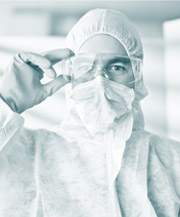


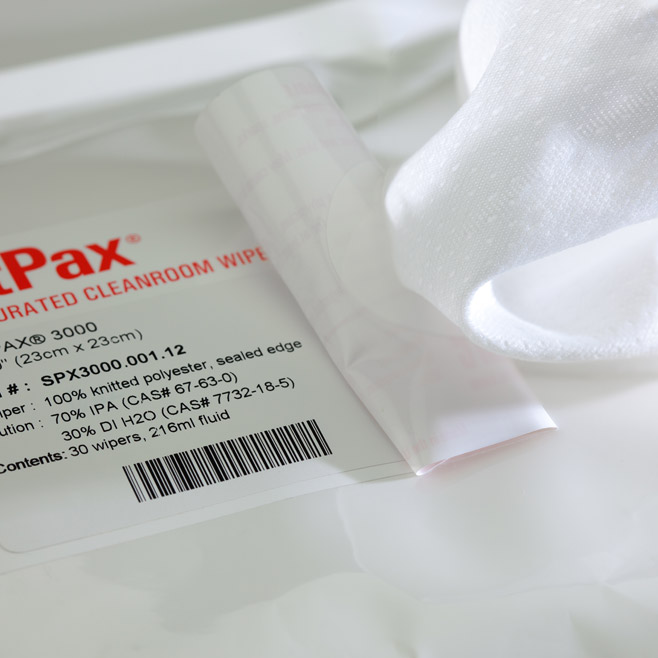
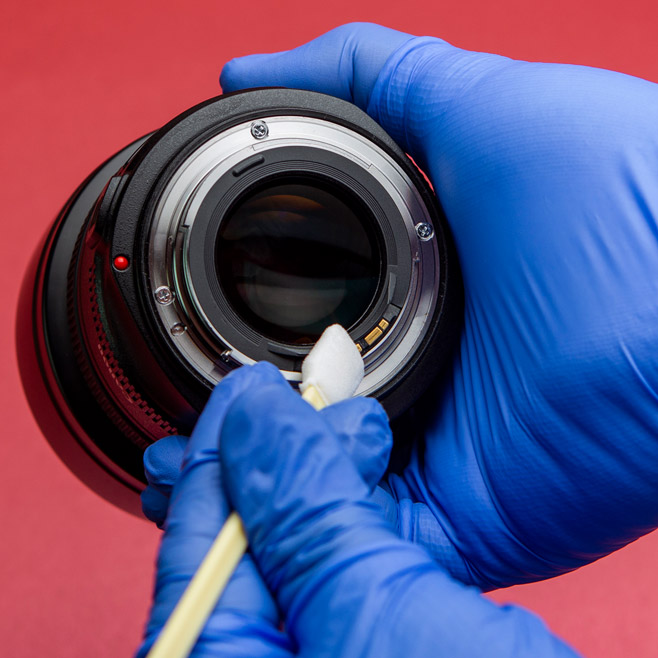


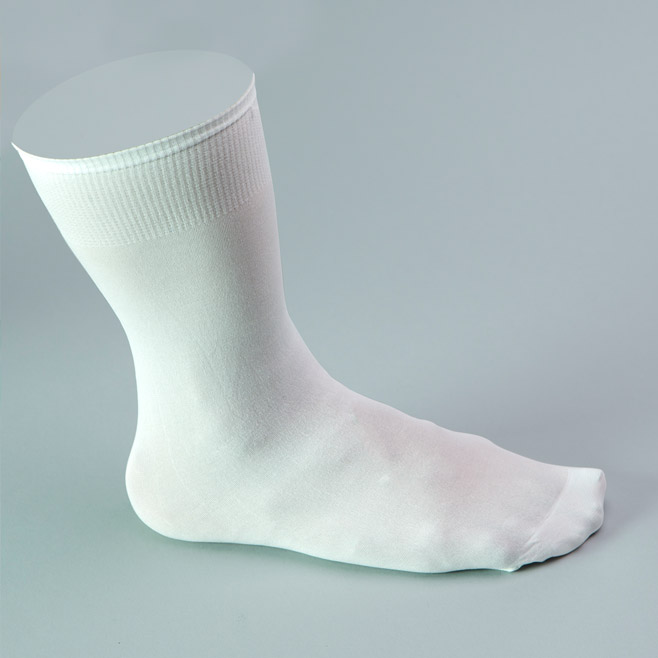

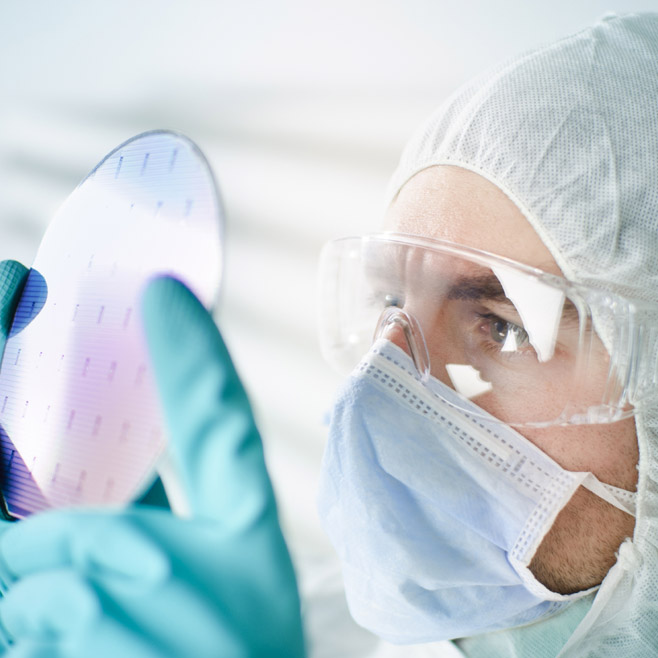

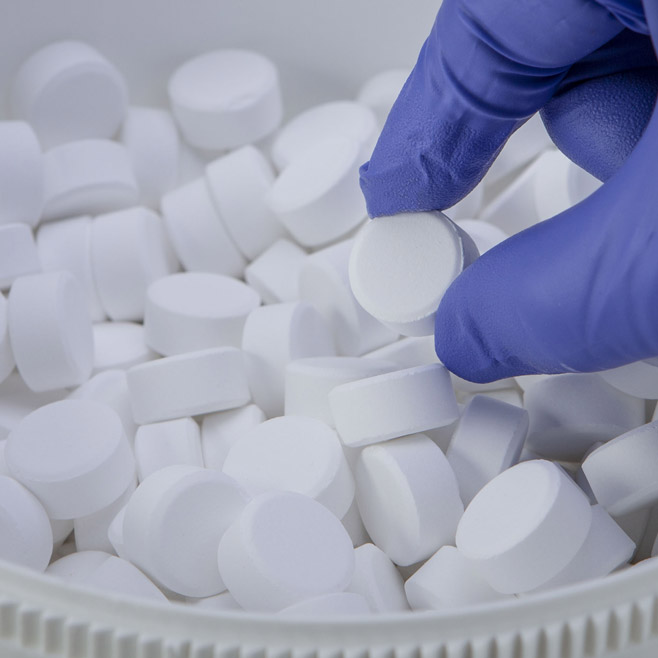

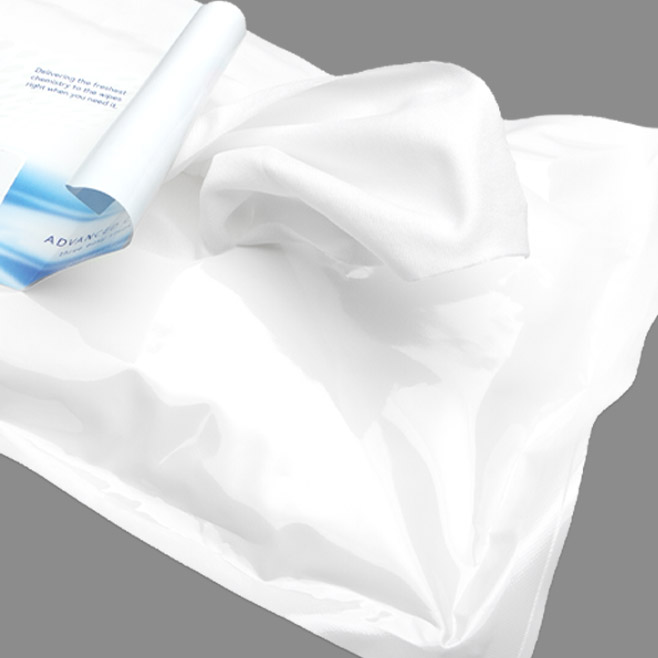
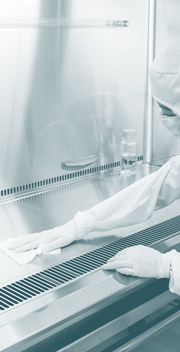

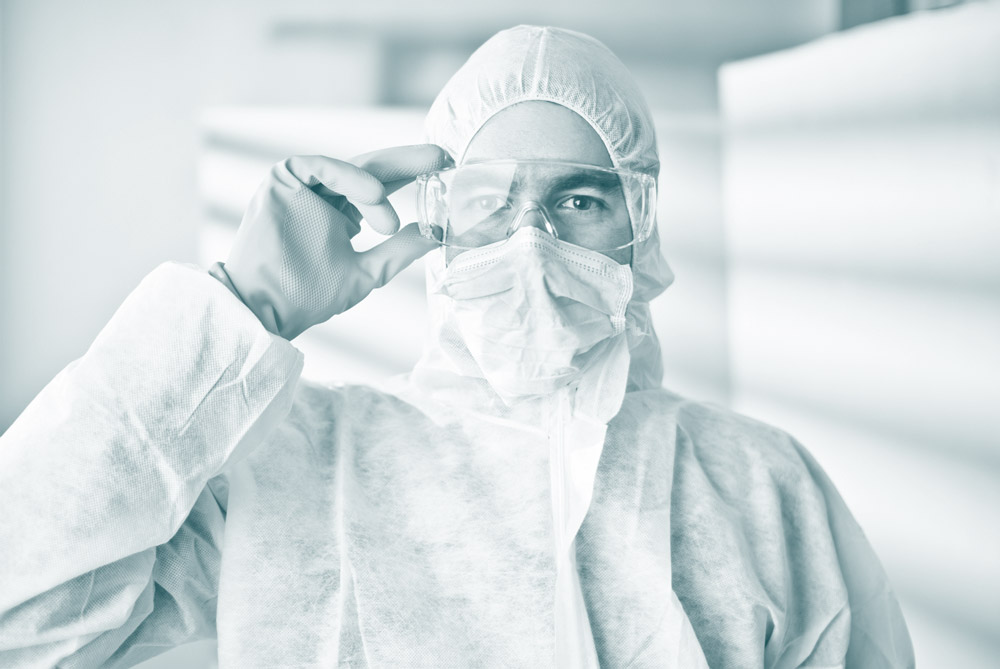


HAVE AN IDEA FOR CONTENT?
We are always looking for ideas and topics to write about.
Contact Us